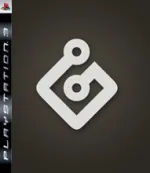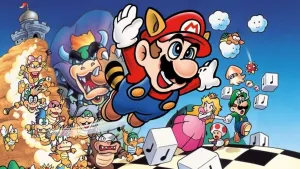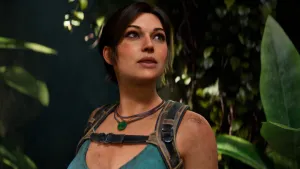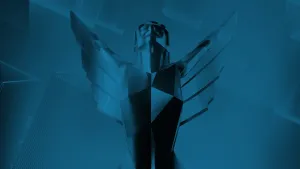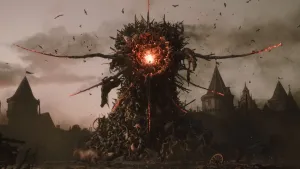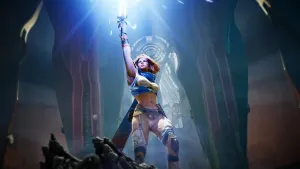MLB 2K10 Review

Chicago Cubs Hall of Famer and baseball ambassador Ernie Banks famously said, “It’s a great day for a ballgame; let’s play two!” This quote sprang to mind as I recorded the final out in my MLB 2K10 debut. For some of you, this quote may fall into the category of “well, duh, who doesn’t play two games in a row?” For those of you who spent time with MLB 2K9 – a game that helped increase the sales numbers of rival product MLB: The Show – this quote brings hope back to a series that was in danger of becoming an unintentional parody of the sport…like Roger Clemens.
In Visual Concepts’ second year of development with this series, a firm foundation is established in both the feature set and gameplay. The biggest addition, which happens to be my favorite aspect of this game, is a new mode called My Player. While My Player draws heavy inspiration from MLB: The Show (I’m talking Pablo Sandoval heavy), player development isn’t a guided tour like it is in the competition’s game. Your player doesn’t have to complete goals that work against his true strengths. Rewarding different experience points for pitching, batting, fielding, and baserunning allows gamers to sculpt a player’s attributes the way they want. This is a subtle difference between the two games, but My Player’s approach speeds up player growth and rewards the gamer with a great sense of ownership over the experience.
I should point out that My Player manager logic needs serious work. Most of my pitcher’s appearances ended in complete games (even with 130-plus pitches). In one outing, the faulty logic led to my pitcher being sent to the plate during a ninth inning tie with two runners on and only one out recorded. Other than this, My Player shines.
Franchise mode incorporates 40-man rosters and Minor League play into the mix, but still struggles with simulated statistics. Every pitcher has a bloated WHIP, and every batter ridiculously high stolen base and home run totals. Regardless, I did enjoy injecting prospects into my season play.
That brings us to gameplay. Visual Concepts has done a phenomenal job capturing both pitching and batting. The additions of a defensive swing and batter’s eye allow players to work counts, and if they use them to their fullest extent, actually draw walks in a video game. The refinements made to the series’ trademark gesture-based pitching translate to a higher level of finesse (and hardly any meatballs).
Fielding remains a major sore spot. The AI has problems recognizing what plays to make – instead of turning an inning-ending double play, they’ll throw the ball home to get one out. The game also does too much fielding work for the player. Whether it’s a soft grounder or a popped up bunt, your player is always in position or breaking to make the play before you give him input. In most cases, I just threw the ball. While many of the animations are lifelike, most games bring hilarious moments where a player initiates a flashy move in an ordinary situation. Derek Jeter’s leaping sidearm toss is seen just as frequently as a standard throw.
MLB 2K10 is heading in the right direction, but it’s not quite where it needs to be yet. If you only have an Xbox 360, don’t hold back from diving into My Player. I had a blast with this mode. Since the focus is just on one player, the fielding annoyances are rarely seen. If the system doesn’t matter, and your interest lies solely with gameplay, The Show is still the way to go.
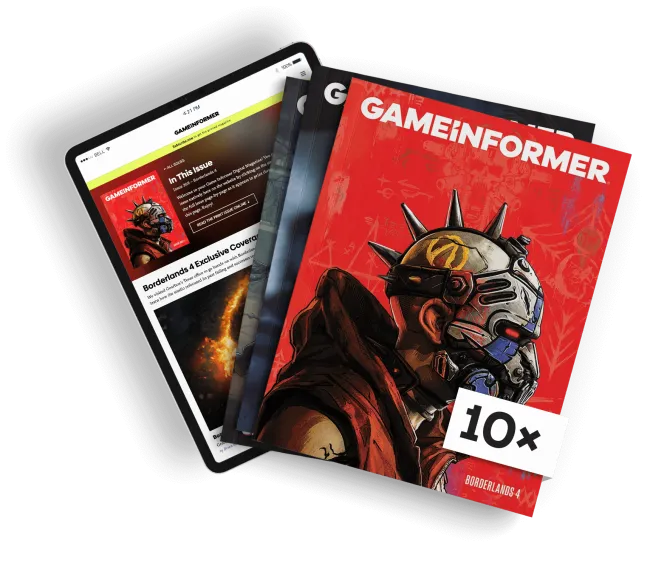
Get the Game Informer Print Edition!
Explore your favorite games in premium print format, delivered to your door.
- 10 issues per year
- Only $4.80 per issue
- Full digital magazine archive access
- Since 1991
